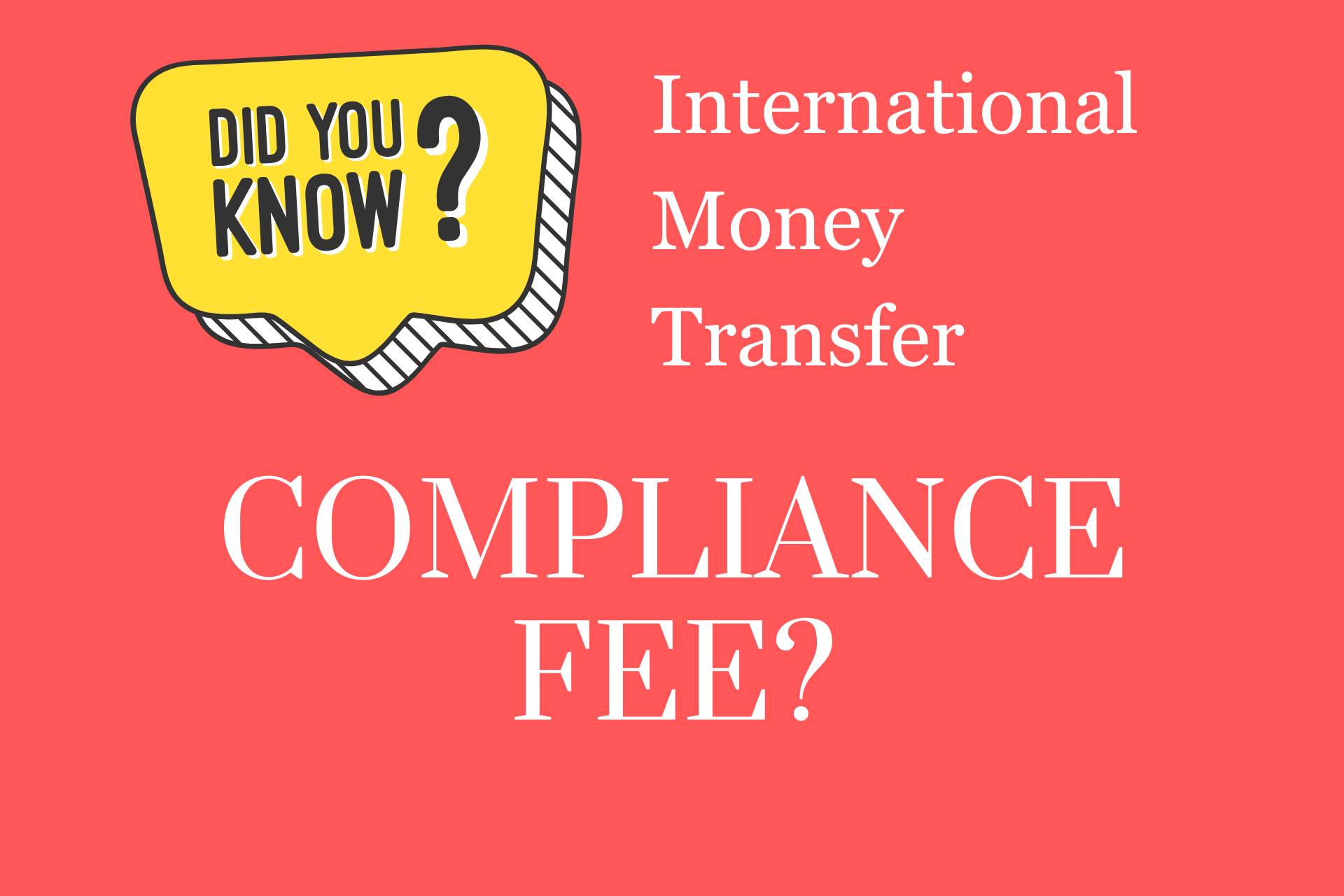Okay, let’s talk about a harsh reality—the fact that when I send money to someone else, a percentage of it is taken out. For instance, if I send $500 from Chicago to Manila, what arrives in Manila, converted to pesos, is not exactly $500. A percentage is missing.
This could be 1%, 2%, or even 3%, typically attributed to FX charges. Furthermore, money transfer companies have started inserting a clause stating this is a “compliance charge.” The brutal reality is that they implement these charges because they can get away with it.
There is no such thing as a compliance charge. It’s nonsense, and I’ll repeat that: It’s nonsense. The movement of money is, in fact, a very simple process.
What the industry has done is pull this boogeyman out of a sack, claiming the need for various checks that, in reality, happen at a very economical cost. Their ultimate goal is to make money.
And the only way they make money is by taking a percentage of the transfer. But how do you justify taking a percentage? By simply saying, “This is our fee.” Yet, you can’t openly call it just a fee.
So, they label it as a compliance charge. Nobody really challenges it because it’s associated with international transactions, which are supposedly higher risk, and therefore, they say it’s justified as a compliance charge.
Why do they do that? The reason is that banks make money on standard SWIFT transfers—charging $25 here, $50 there, $100 elsewhere, yet they can transfer $50,000, a million dollars, $500,000 for roughly the same cost.
Money transfer companies and non-banking financial institutions involved in cross-border payments don’t have the same flexibility as banks and need to make money. Thus, their method is to charge a percentage of the transfer. Let me give you an analogy to help you understand better.
Imagine you’re sending an email from Chicago to Manila, and like minimum amounts for money transfers, you can’t just send $2; you must send at least, say, $100. Similarly, your email must have at least, say, 100 lines. When you send it, you don’t know exactly when it will arrive—just like with money transfers.
But once it does arrive, imagine discovering that about 3% of the text you typed is missing, taken away as a compliance charge.
You would be furious if an email you sent was missing 3%, 5%, or 4% of its text. So, why aren’t we as outraged when this happens with money transfers? The reason is simply that companies need to make money, and this is their way. The future reality we face is that there should be no charge on the movement of money.
However, we are currently placing deliberate obstacles in our path toward zero-fee transfers. Why? Because these companies currently have no alternative way to make money.
They insist on taking that fee, and from that fee, they plan to survive. This fee is often disguised under the misleading label of compliance.
It’s not really compliance; it’s just a pretext for extracting more money.
The cross-border money transfer sector will eventually operate as a zero-sum game, meaning you won’t make money from it. You’ll just pay a very flat fee or charge. I’ve written articles previously about the road towards real-time payments and how stablecoins are changing the game.
There is also a massive lobbying effort that we don’t see or hear about unless we’re somehow involved. This lobbying ensures that real-time payments and even stablecoin-related payments are discouraged until the major players have exhausted all the potential profits.
So, when you next see a compliance charge, remember it isn’t really a compliance charge—it’s a volume charge, which essentially means it’s how they earn their income. I hope this provides some clarity.
—
This page was last updated on April 21, 2024.
–




